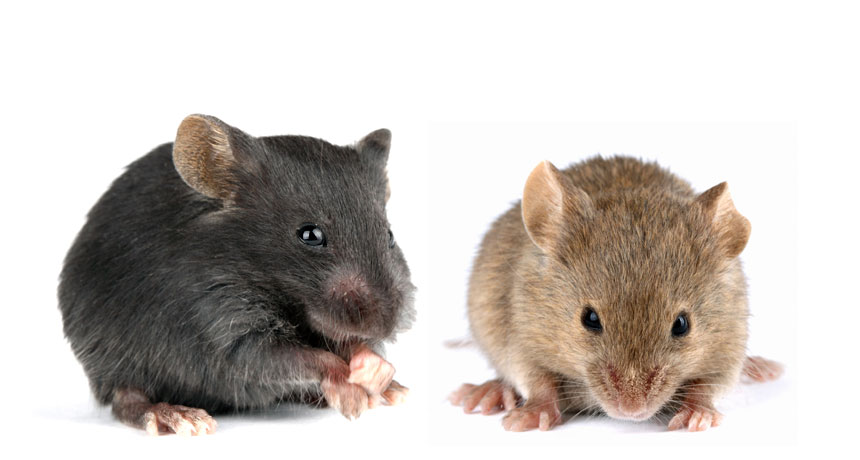Scientists Say: Strain
In cell biology, this word isn’t about stretching

These mice look incredibly different but are the same species. What are they? Strains!
Enrique Ramos Lopez/istockphoto
In cell biology, this word isn’t about stretching

These mice look incredibly different but are the same species. What are they? Strains!
Enrique Ramos Lopez/istockphoto